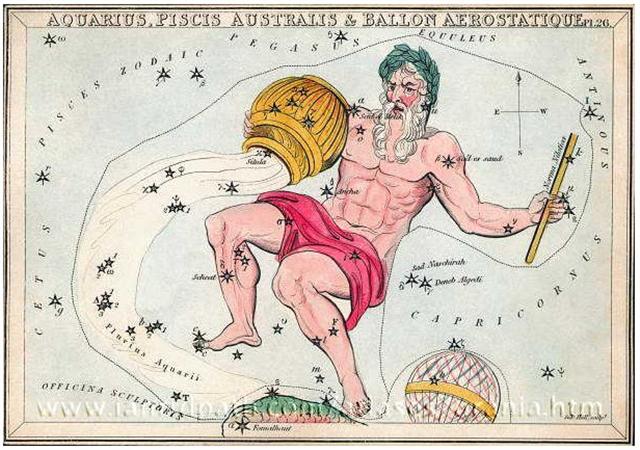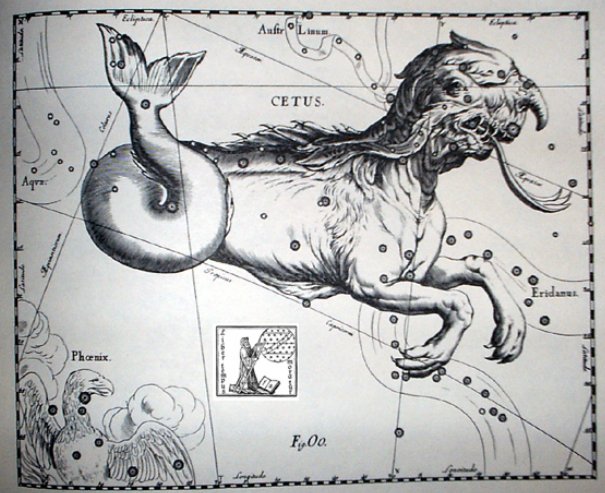Ca1-1 is 1 day after the northern spring equinox, therefore it is glyph number 1 in the text. It means 1 day has passed since March 21.
Aquarius (the 'Great One') precedes equinox in the age of Pisces.
The beginning of the Arabic manzil Saad Al Akhbia ('the happy tent raisers') coincides with day 448 counted from the beginning of the previous Gregorian year, 83 + 365 = 448:
South of the equator March-April corresponds to September-October and it is not spring but autumn. Metoro's kua moe ki te tai seems so indicate how 'Land' returns to 'Sea'. On Hawaii, on the other side of the equator compared to Easter Island, the last night in the month describes the opposite phenomenon:
Ca1-26 has its picture in the vertical centre, probably to indicate equinox because this is where the ecliptic path descends below the Sky equator.
From a point south of the equator Spica will be the highest point of Virgo, which is illustrated in the flag of Brazil:
April 9 is day 99 from the beginning of the Gregorian year, and by adding 184 we will reach day 283, which is October 10 in an ordinary year, but October 9 in a leap year:
By first adding 181 to the heliacal position - to reach the night when the star is close to full moon - and then by adding another 184 days we have come the whole cycle around. From the perspective of Easter Island - one of the names of which was Mata ki te Rangi (eyes towards the sky) - Spica could be seen close to full moon early in April. This 'Spike' of the Virgin was not on Land (south of the sky equator) but in the Sea (north of the equator). Taranga means the place of the spike (tara-ga), or we could say the origin of Maui:
Quite possibly the creator of the Mamari text thought of this story when he placed a little head as the very last glyph of the previous year, the head of Maui potiki at the border between the living and the dead:
If I have guessed right regarding the meaning of the rhombs of different sizes in Gb8-30 and Gb11-19, then we can deduce the rhomb in Ca1-26 should represent a period of intermediate size:
Then we know the names of the older brothers, and we can assume their perids are equal and that they are parts of the solar year. To make room for Maui I guess each brother has 365 / 5 = 73 days:
At Ca1-26 (where Maui could be) we can count 12 * 6 = 72. This makes the solar year 72 + 292 = 364 days long. The first day of the year should not be counted when measuring time. The above was just an example. We could, for instance, instead count 4 * 100 + 72 = 472. Neither of these explanations is acceptable, though. Maui is superior to his brothers and cannot have a lower value. Maui is the 5th corner in the pyramid of time, high up and possibly at Polaris. 4 * 73 + 144 (= 12 * 12) = 436. 144 = 2 * 72 and Polaris appears twice in the G text:
| |||||||||||||||||||||||||||||||||||||||||||||||||||||||||||||||||||||||||||||||||||||||||||||||||||||||||||||||||||||||||||||||||||||||||||||||||||||||||||||||||||||||||||||||||||||||||||||||||||||||||||||||||||||||||||||||||||||||||||||||



























